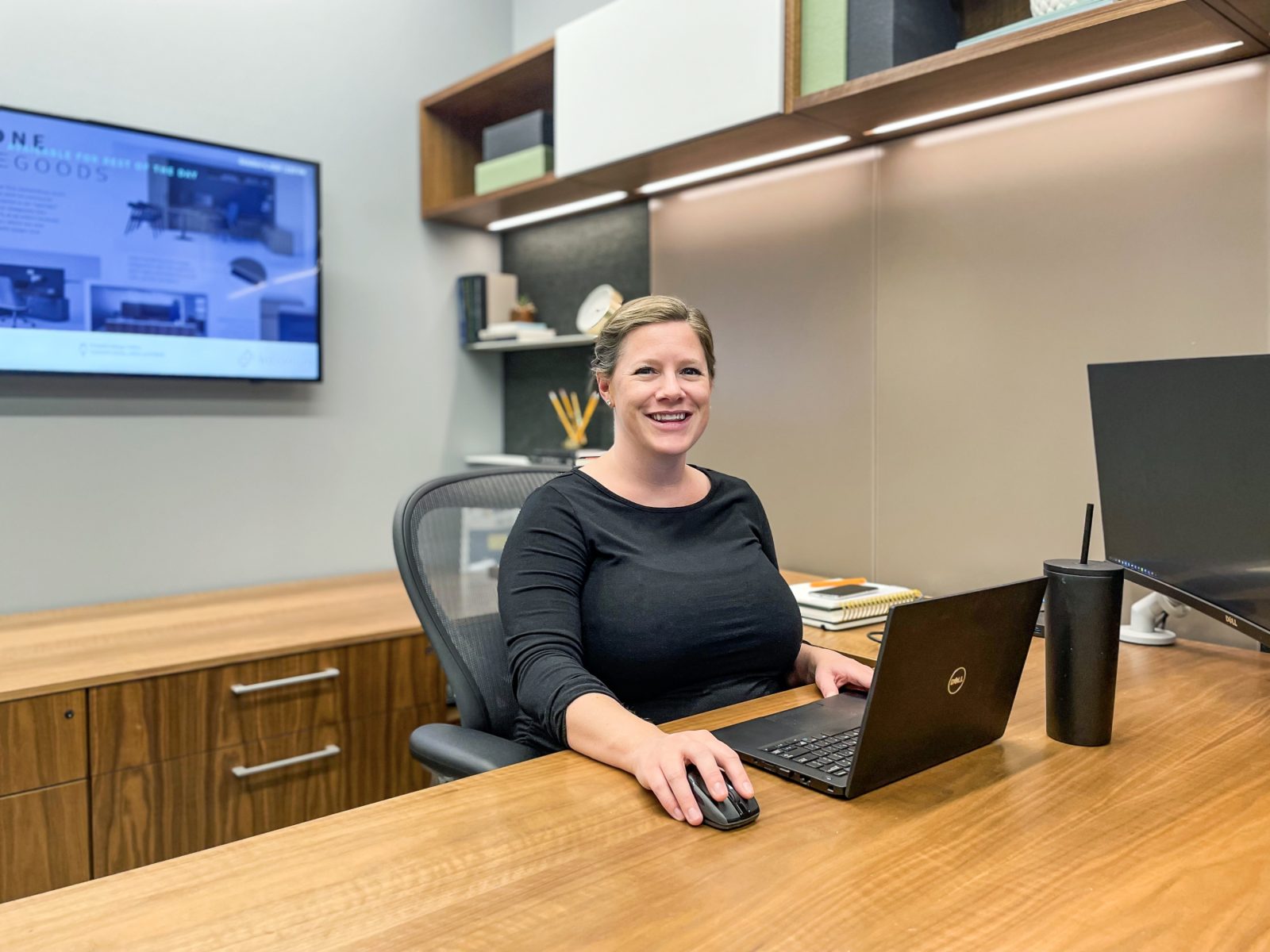Work Your Way
Jackie Chodl, VP of People + Culture, shares insights around the why and how of transitioning to hybrid work.

How did you feel about hybrid work before the pandemic?
I saw hybrid as an opportunity for flexibility more so than a permanent solution. More of a 'hey, I'm working from home next Friday because we have a new fridge getting delivered' vs. 'I regularly work from home on Fridays to catch up on work.' I have always seen the flexibility as a critical element in helping support employees to do their best work, but believe the pandemic changed my views on how permanent that flexibility could really be.
Why did our leadership team ultimately decide to make the shift to hybrid work?
It came down to the idea that giving employees the freedom to choose where they work leads to greater productivity and less "noise" for employees. providing employees with choice helps them build a more seamless work-life rhythm vs. work-life balance, and that means happier employees.
What impacts have you seen hybrid work have on our workforce + organization?
I think what was actually expected that ended up being true, was that we had to adapt our connectivity points for employees. While they were happier with choice, they felt more disconnected from the greater organization.
Was there anything that surprised you as a result of the new work policy?
I think I was surprised to see how many employees continue to opt for utilizing our workspace. Our business is a highly collaborative one, and employees seem to still naturally gravitate towards the ability to connect live, in-person when they can. Of course, people still choose heads-down time at home, or even connecting via teams at home, but I appreciate that our business has a natural flow and balance of at-home vs. in-person work.
What is important for business owners and C-suite to know about shifting to a hybrid policy?
Accountability is key within the organization. Business owners and the C-suite need to feel confident that they know the quantitative and qualitative data that drives their business results, and that those data points will help them to understand whether hybrid feels successful for them or not. Driving an accountable culture is a key element in making sure that hybrid is a model that works.
How do companies make the transition easy for their workforce?
Communicate - early and often, and be clear on what the expectations are. Employees need to feel like they have a clear sense of what is OK and what is not OK. Make sure you're bringing your leadership and management teams along with you each step of the way so communication feels consistent across the organization. At the end of the day, there's no such thing as easy so be prepared to pivot and make changes that feel right to your organization!
What do you see as the biggest benefits of hybrid work for organizations?
So many - but mostly, it's about helping employees find their best work-life rhythm. Hybrid allows people to show up in ways that work best for them and helps eliminate the noise that may cloud their ability to get work done or to do it well.
____












